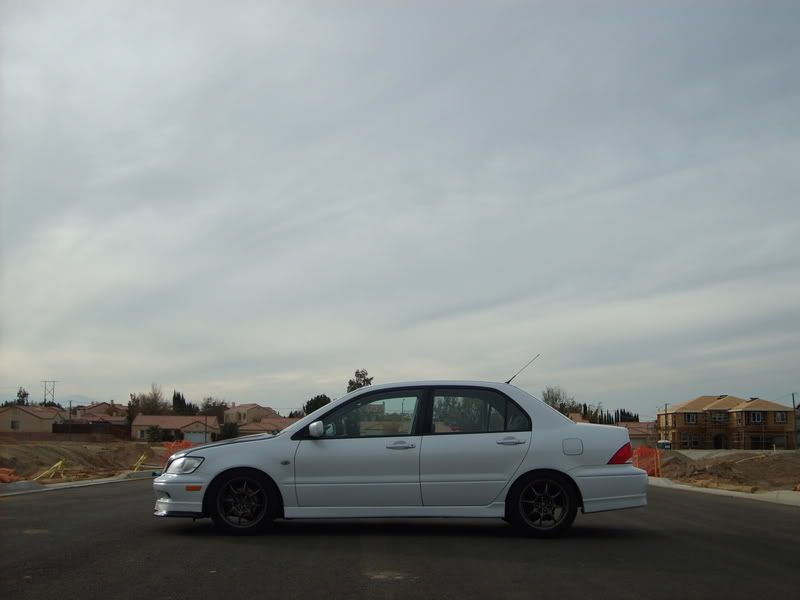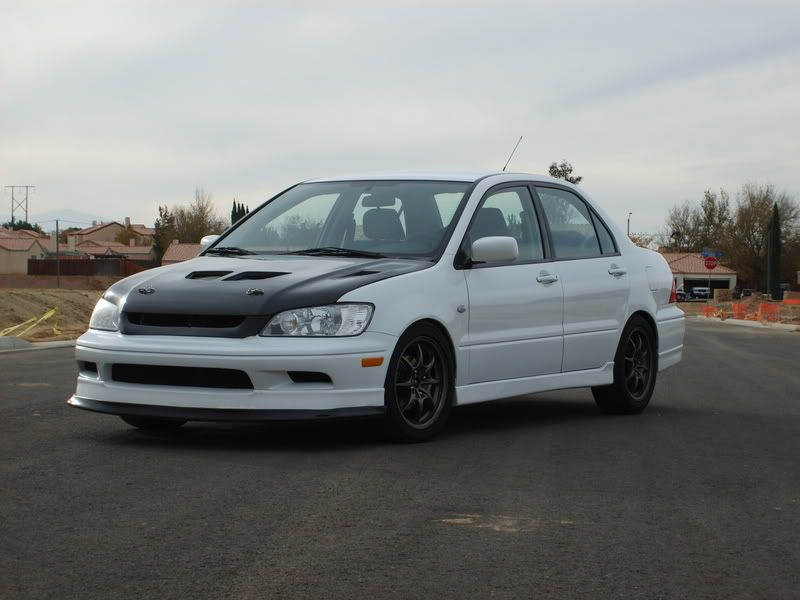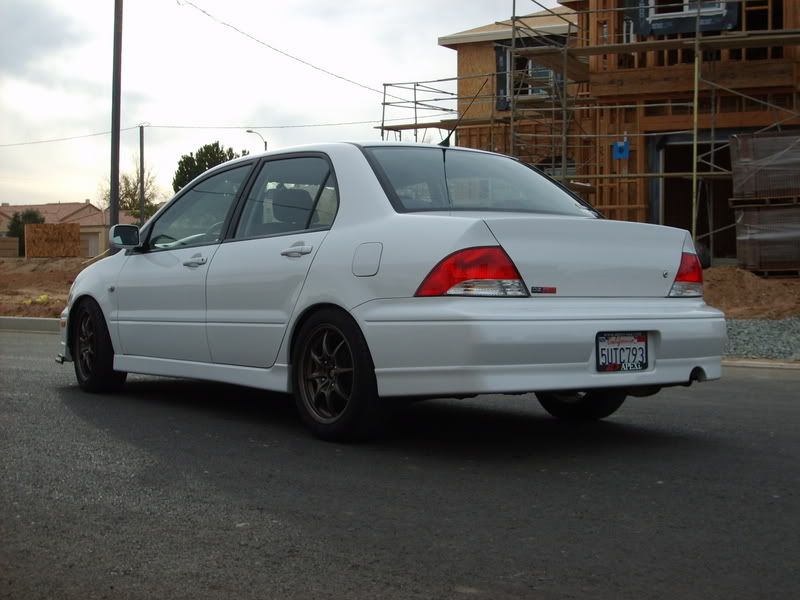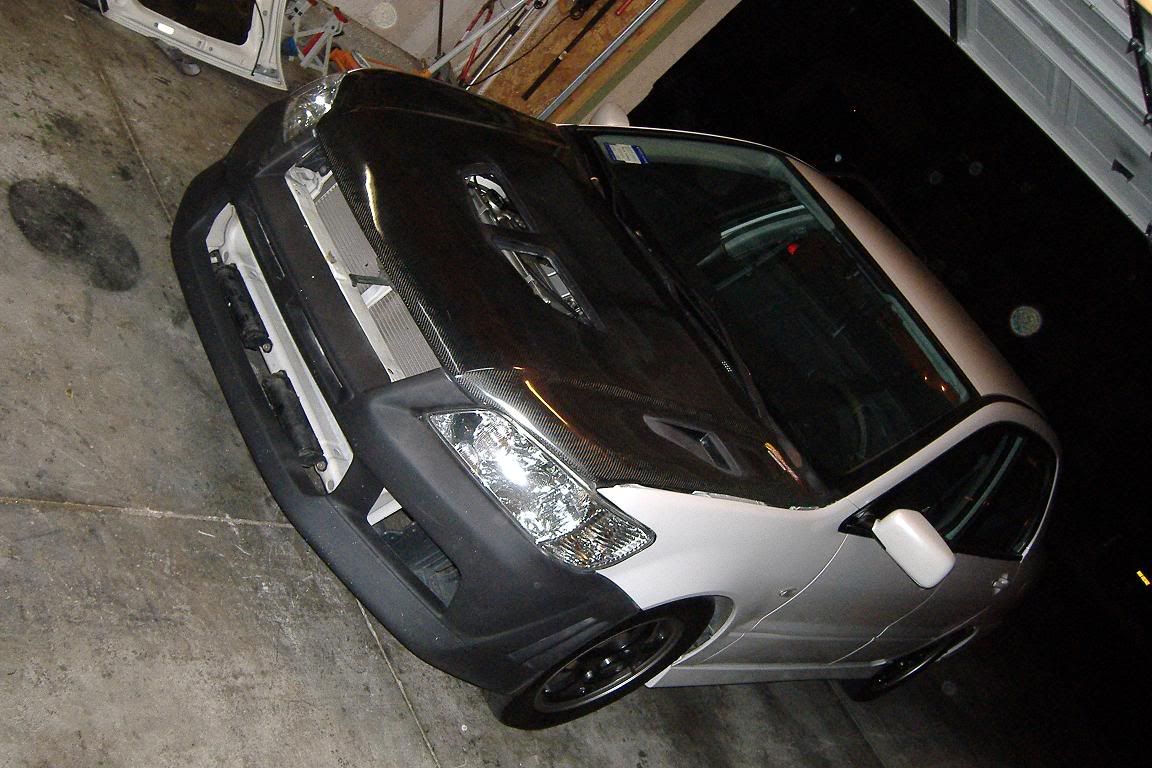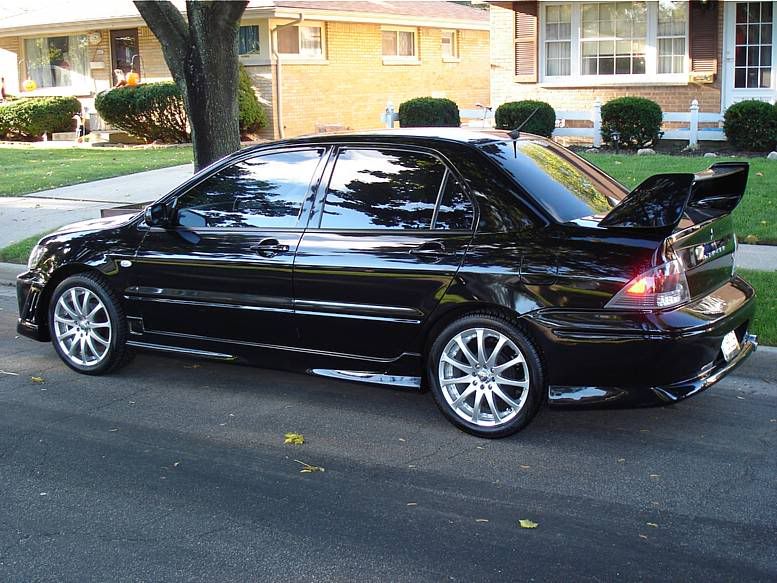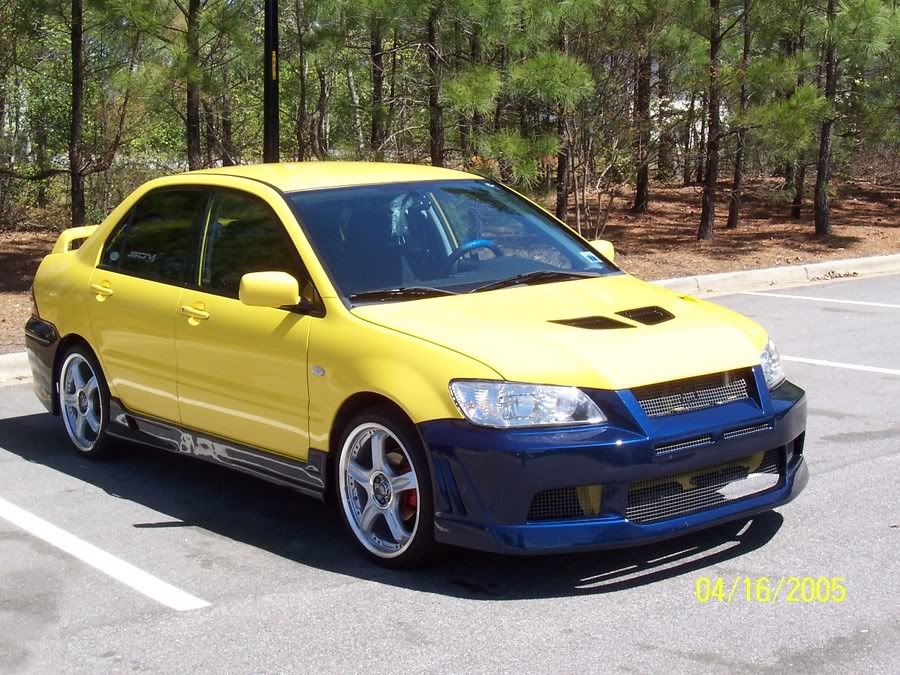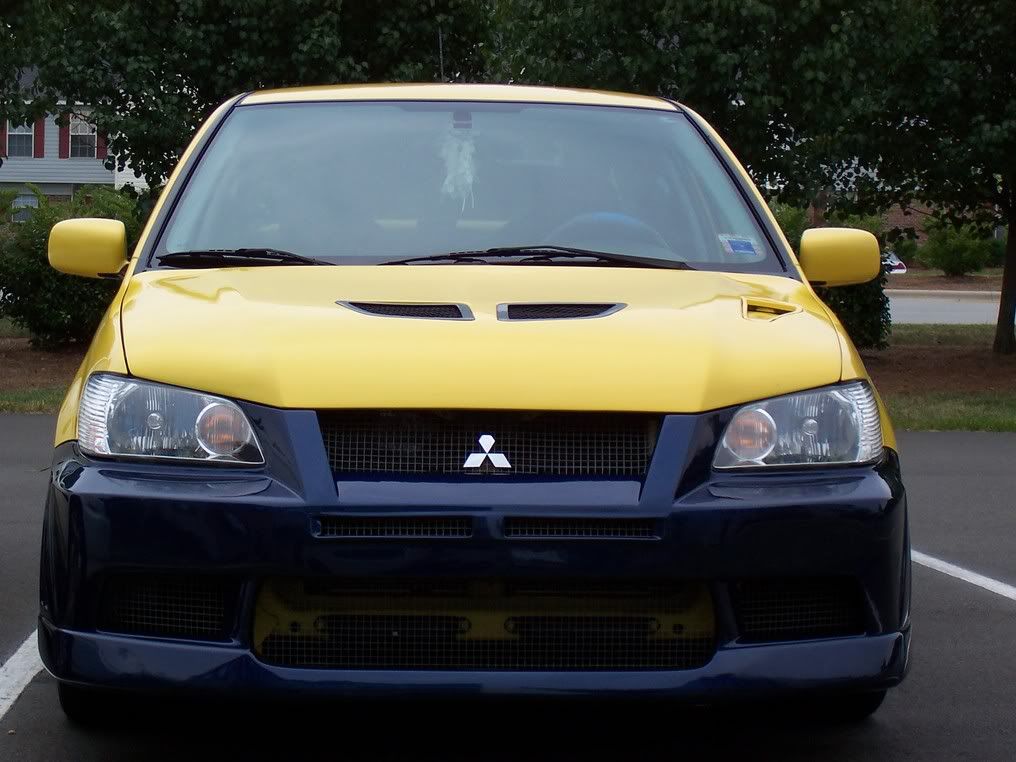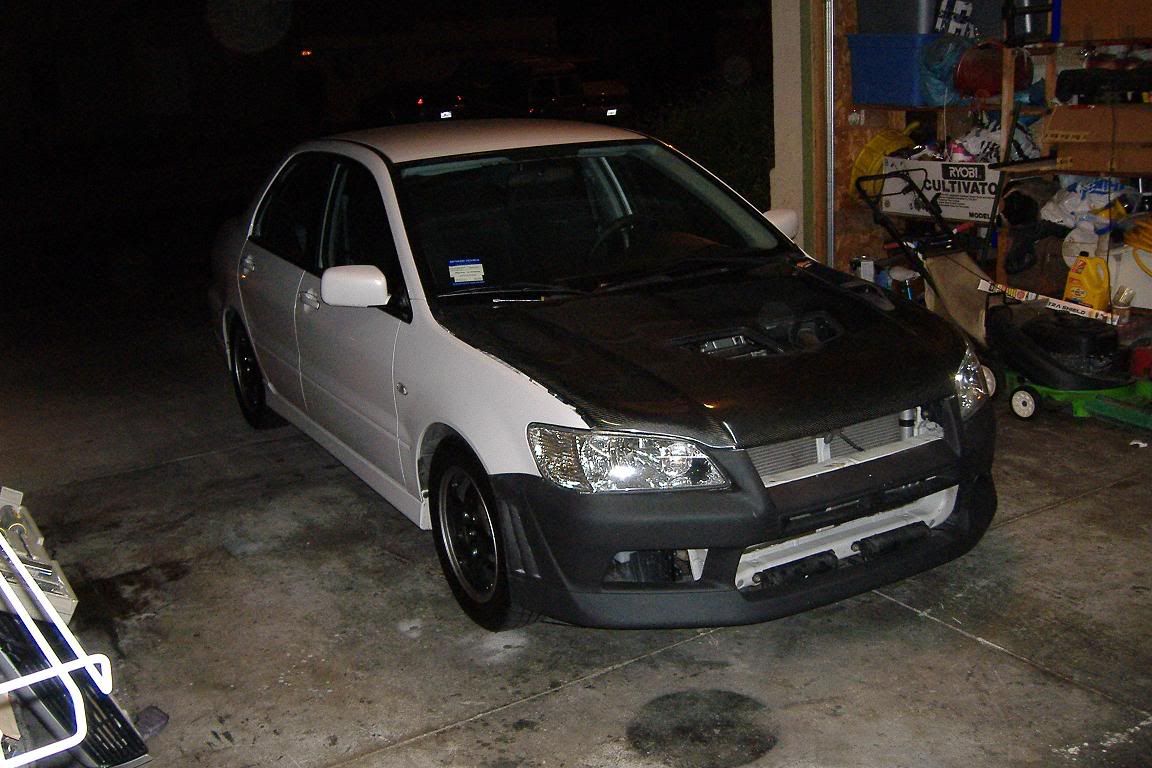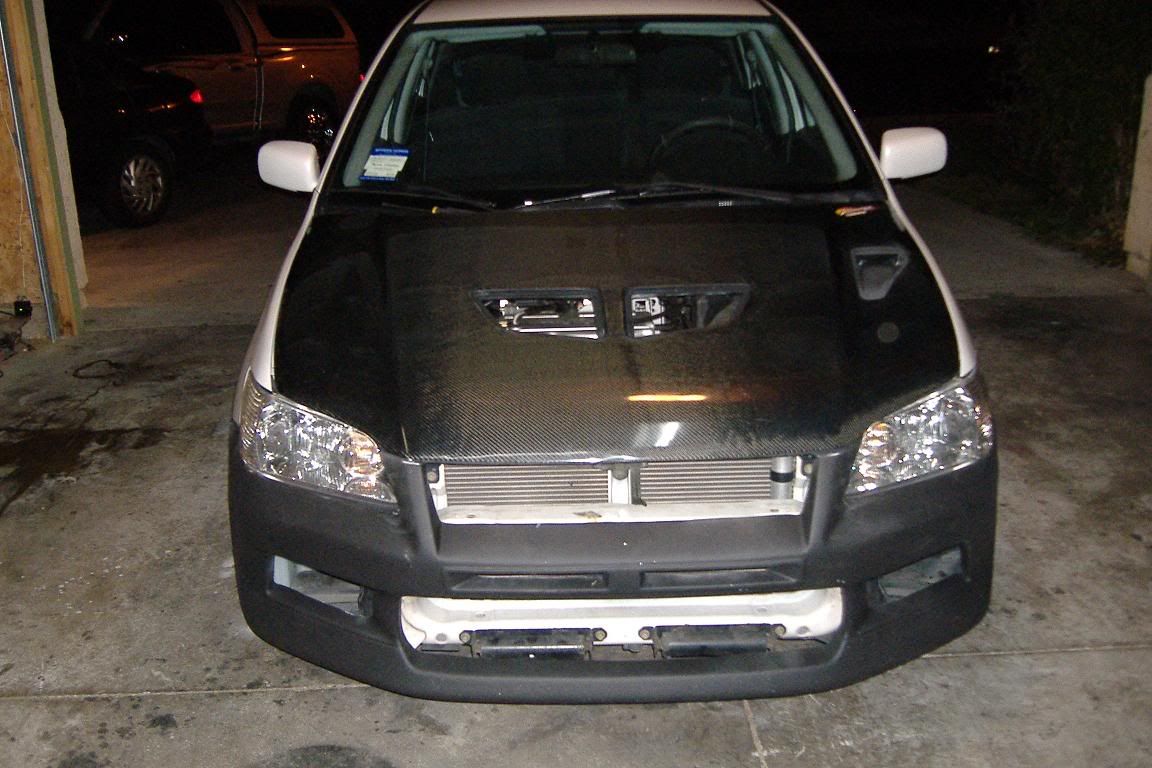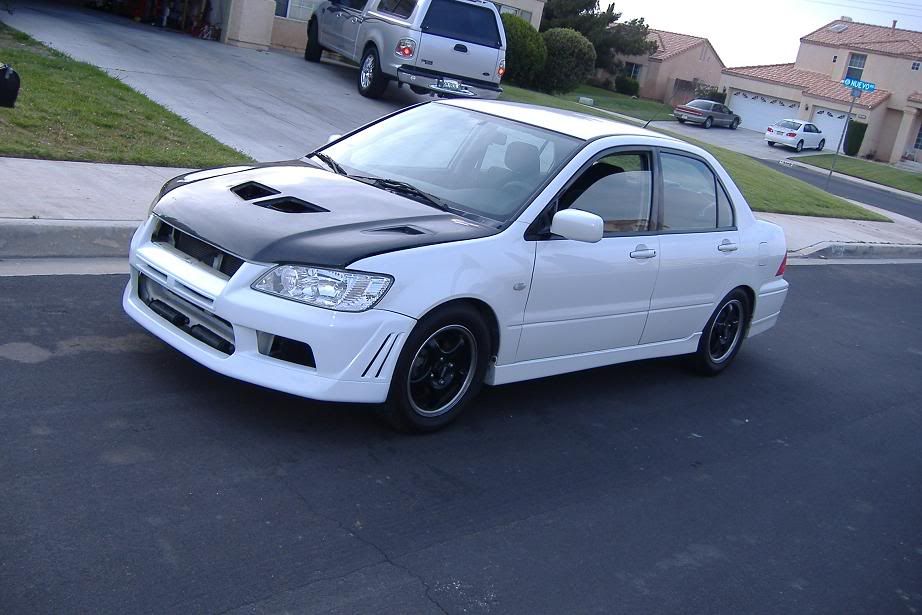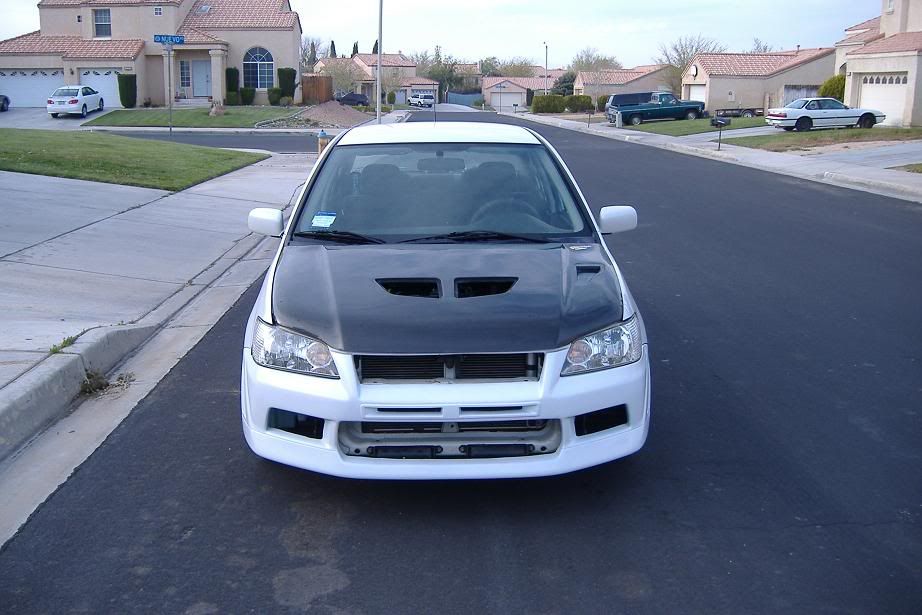just wan to share some of my info digging at lancerregister.com:X-:
i've just planning to buy Tufoil for my engine.Is tufoil not good oso???anyone pls enlighten me~!:mouth_closed:Originally posted by oilman
No they are no good.
Have a read.
General Remarks on Chlorinated Additives.
A number of ‘add-on’ additives intended to improve the performance of commercially available automotive lubricants have been marketed in recent years, under such names as ‘Xxtralube ZX-1’, ‘Metol FX-1’, ‘PPL Anti-Friction’ and ‘Activ-8’.All such products share the following characteristics with ‘X-1R Friction Eliminator’:-
1) They all contain chlorinated paraffin ‘exteme pressure’(EP) compounds first used in the 1930s in heavily-loaded industrial gearboxes, and in some automotive transmission applications, mainly hypoid gears.
2) They all corrode copper-based alloys at moderate temperatures, easily exceeded in all engine, and most transmission applications.This problem was recognised in the 1930s, and chlorinated compounds were never used in transmissions with bronze bearings or gears. No responsible manufacturer ever suggested using them in engines where their increasing activity at high temperatures could lead to piston ring corrosion and bore glazing. (For the same reason, modern ‘hypoid’ additives are not used in engines, even though they are much safer than any chlorinated additive.)
3) X-1R Friction Eliminator and its clones are based upon very outdated technology, which was abandoned by responsible lubricant manufacturers for automotive transmission uses in the 1950s. Chlorinated compounds still find applications in metal working, but their use is on the decline because of health and safety considerations.
4) When burnt, chlorinated paraffins produce corrosive hydrochloric acid, and organo-chlorine compounds including the highly poisonous phosgene gas. Apart from these corrosion and health hazards, with petrol engines the deactivation of exhaust catalysts is also a problem.
5) Unfortunately, these additives give spectacular results in simple EP test machines such as the ‘Falex’. As a marketing ploy, a demonstration of this type looks impressive to those not aquainted with the above facts. Also attractive is the low cost of chlorinated compounds, allowing profits of several thousand percent to be made.
Cheers
Simon.


 This is very interesting stuff Simon, thankyou for taking the time to reply ;)
This is very interesting stuff Simon, thankyou for taking the time to reply ;) 













